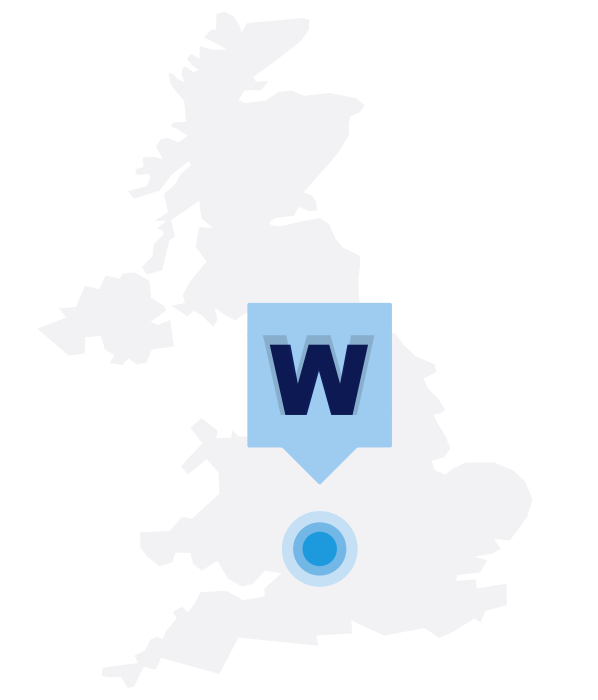How to load a dishwasher properly
As we enter the festive period, our dishwashers will see an increase in use. It’s around this time of year that we always recommend getting your home appliances, specifically your dishwasher, serviced to prevent the worry of needing dishwasher repairs over the festive period.
Many of us don’t think about loading the dishwasher, we just put everything in and switch it on, but have you ever thought about how that could affect the overall results? When it comes to achieving the perfect washing and drying results, you should follow the Bosch guidelines on how to correctly load your dishwasher. These aren’t rules, merely guidelines to help you to always achieve sparkling glasses and grease-free pans.
When you purchase a machine through our engineers, we will come and install your machine and take your old one away. This ensures that your new dishwasher is set up and installed correctly. Our knowledgeable engineers will also give you some handy tips and tricks to help prevent any unnecessary dishwasher repairs. These tricks include cleaning and loading tips.
Starting with the top rack:
The top rack of your dishwasher is a safe place to put any cups, glasses and smaller items like bowls, cheese graters etc. It’s also a good place to put any dishwasher safe plastics, this prevents them from reaching a too high temperature. Placing your delicate items at the top of your dishwasher prevents them from breaking.
One thing to remember is not to place delicate champagne flutes at the top of your dishwasher. Contrary to popular opinion, you can wash your champagne flutes in a dishwasher however you will need to place them into a secure holder to prevent damage. This holder can be placed at the bottom of your dishwasher.
You would be surprised at the number of dishwasher repairs our engineers get called out to because of broken glass resulting in the machine either needing a repair or to be replaced.
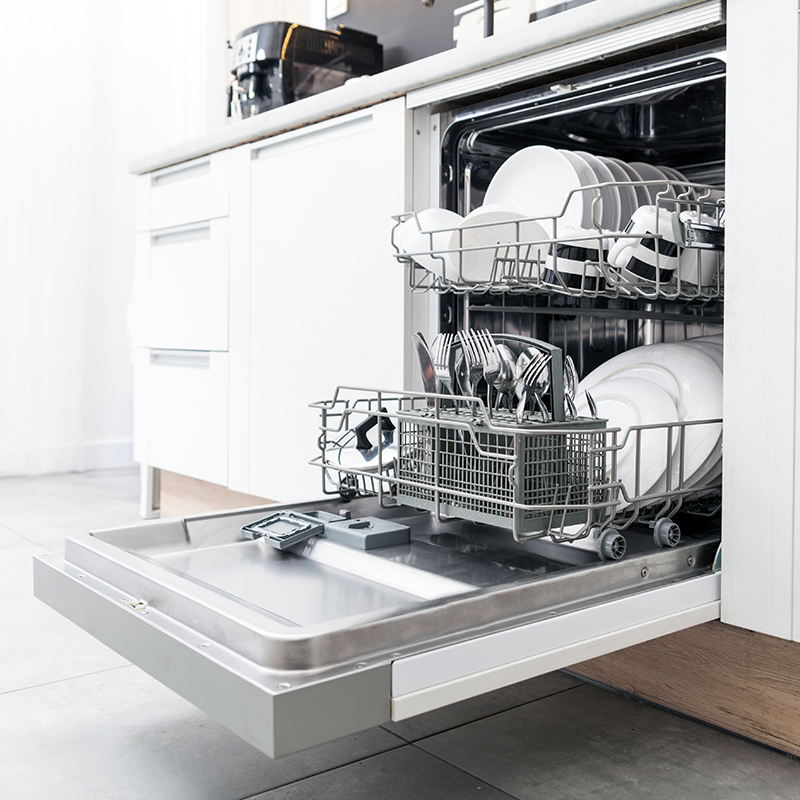
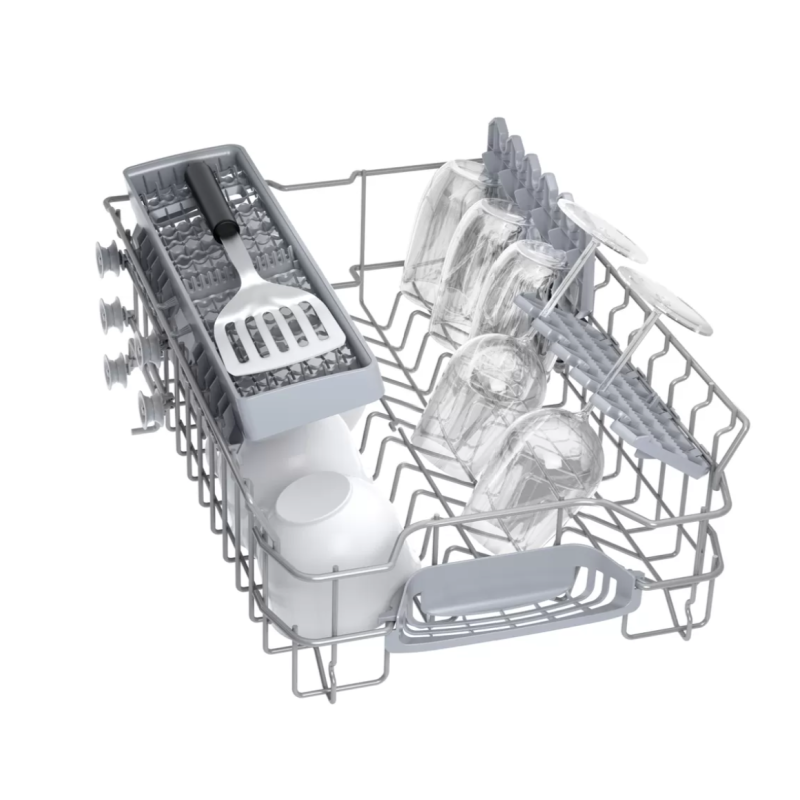
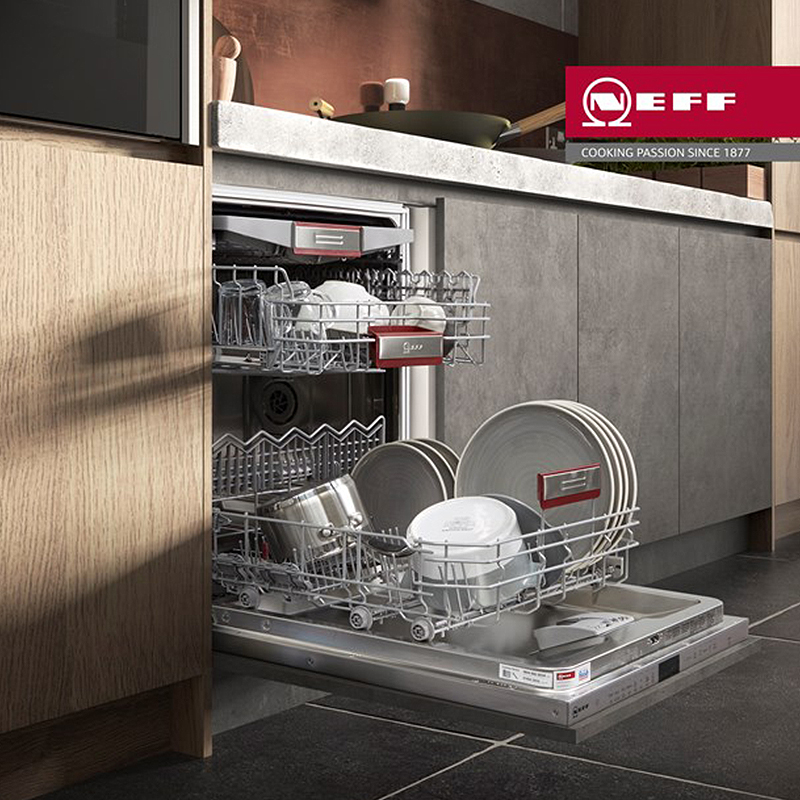
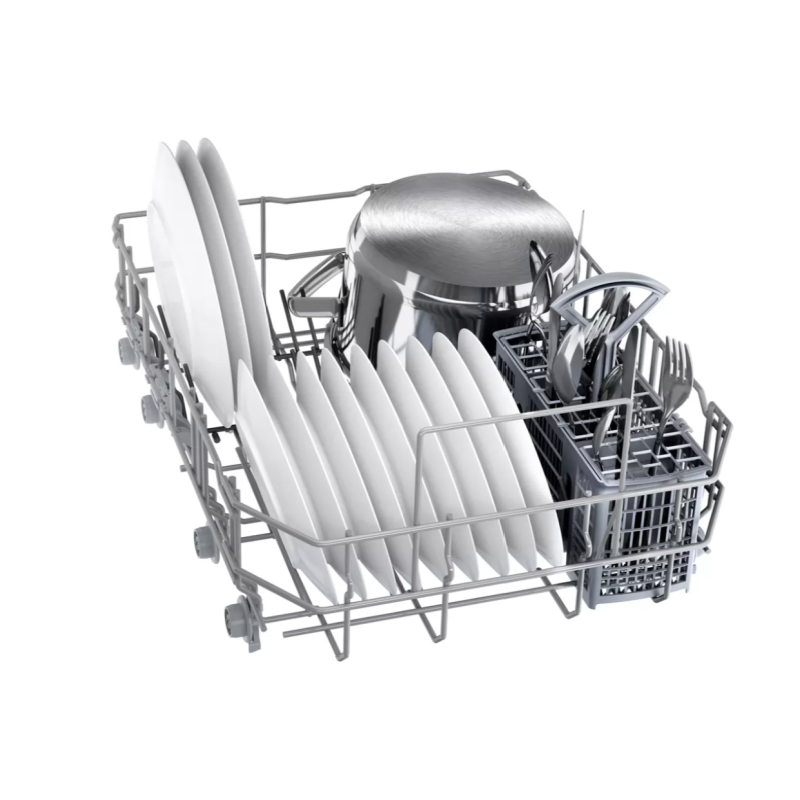
Next load the bottom rack:
The bottom rack of your dishwasher should be used for larger, more durable items such as pots, pans and plates. You don’t want to crowd each item as this will prevent you from achieving great washing and drying results. Try stacking your plates, chopping boards and lids to the outer sides of the dishwasher with pots and pans in the middle. This prevents the spray arms from being obstructed and ensures you get the most out of the bottom racks space.
We would advise washing your wooden chopping boards by hand to prevent the wood splitting from extreme environments. The best method is using antibacterial dish soap with warm soapy water.
If you have a baby and are cleaning your dishwasher safe baby bottle in the dishwasher, then we would advise getting some clips to clip the bottles to the sides of the lower rack of the dishwasher. Alternatively, you can place these items on the top rack alongside the other dishwasher safe plastic tubs.
The cutlery rack:
Many believe you should place all of your knives, forks and spoons in individual categories, so it’s easier to put away after; however, we would recommend mixing up the cutlery. This is for good reason, it prevents cutlery from sticking together. When your cutlery is jumbled up the water and detergent can clean and dry your cutlery properly.
As a rule of thumb, you should always place your knives sharp-edge down to prevent any accidents.
Finally, there is no need to pre-wash your dishes because your dishwasher tablet contains enzymes that need dirt to cling onto. You will need to scrape off any large chunks of food before placing your dishes in the dishwasher. We often get called out for dishwasher repairs due to blocked filters, waste pipes or standing water. These issues are easily resolved using our 4 common dishwasher faults and how to fix them in a blog post.
Dishwashers need to be maintained and regularly cleaned to ensure you achieve the best cleaning results. If you’ve followed all of the suggested steps and your dishwasher issue is still there, please don’t hesitate to get in touch with our team of experts. We’ll happily come out and fix your machine.
Share This Story, Choose Your Platform!
Service Areas
Our engineers perform appliance repairs across central England including Worcestershire, Herefordshire, Gloucestershire, Birmingham, and Oxfordshire. You can see a full list of counties we service on our coverage page. Alternatively, view the map below.
The easiest way to see if there are engineers in your area, and to check if we support your brand of appliance, is to fill out the online booking. It only takes a few seconds and the form will automatically tell you if your area and appliance is covered.
Repairs can be booked online or over the phone by calling 0330 205 0220.
